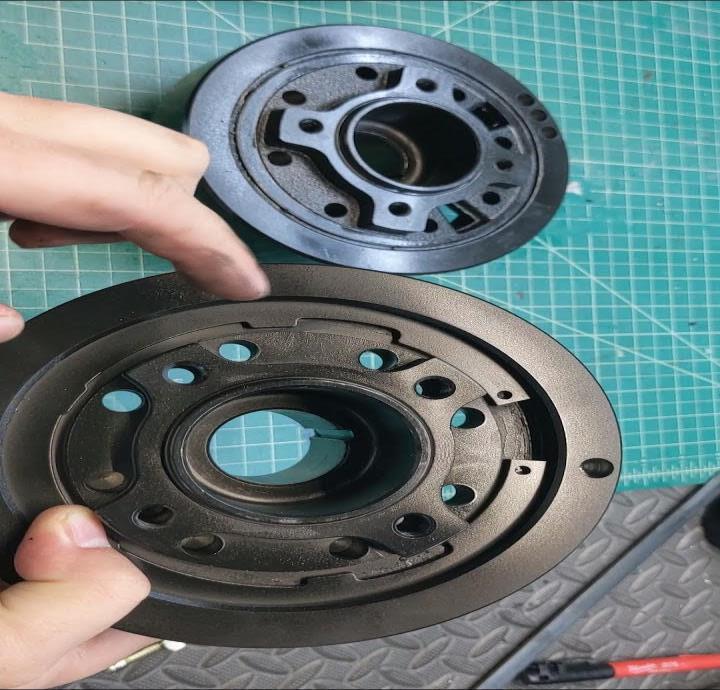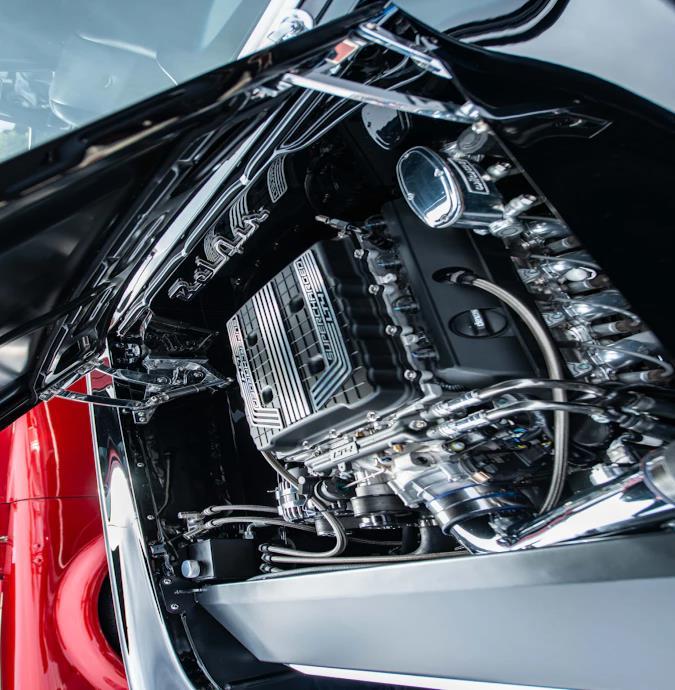Understanding Harmonic Balancers
Importance and Applications
What is a Harmonic Balancer?
● Definition: A performance crankshaft harmonic balancer, also known as a crankshaft pulley damper, is a device attached to the crankshaft of an engine to reduce torsional vibrations.
● Components and Structure: Outer ring, inner hub, elastomer material, inertia ring

How Do Harmonic Balancers Work?
● Explanation of Torsional Vibrations: Torsional vibrations occur due to the twisting motion of the crankshaft during engine operation.
● Role of the Harmonic Balancer: Absorbing and dampening these vibrations to protect the engine components and improve performance.

Importance of Harmonic Balancers:
● Engine Longevity: Reducing stress on crankshaft bearings and other components, which extends the life of the engine.
● Smoother Operation: Minimizing vibrations leads to smoother operation, reducing noise and improving driving experience.
● Performance Enhancement: Improved power delivery and efficiency by minimizing energy loss due to vibrations.

Types of Harmonic Balancers:
● OEM (Original Equipment Manufacturer) Balancers: Designed for specific engines and applications by vehicle manufacturers.
● Performance Balancers: Aftermarket options with enhanced damping capabilities for high-performance engines.
● Tuned Harmonic Balancers: Customized balancers designed for specific engine setups and performance requirements.

Conclusion
● Recap of the importance and function of harmonic balancers in reducing torsional vibrations.
● Emphasize their role in improving engine longevity, performance, and overall operational efficiency.
● Encourage further exploration into specific applications and advancements in harmonic balancer technology.






